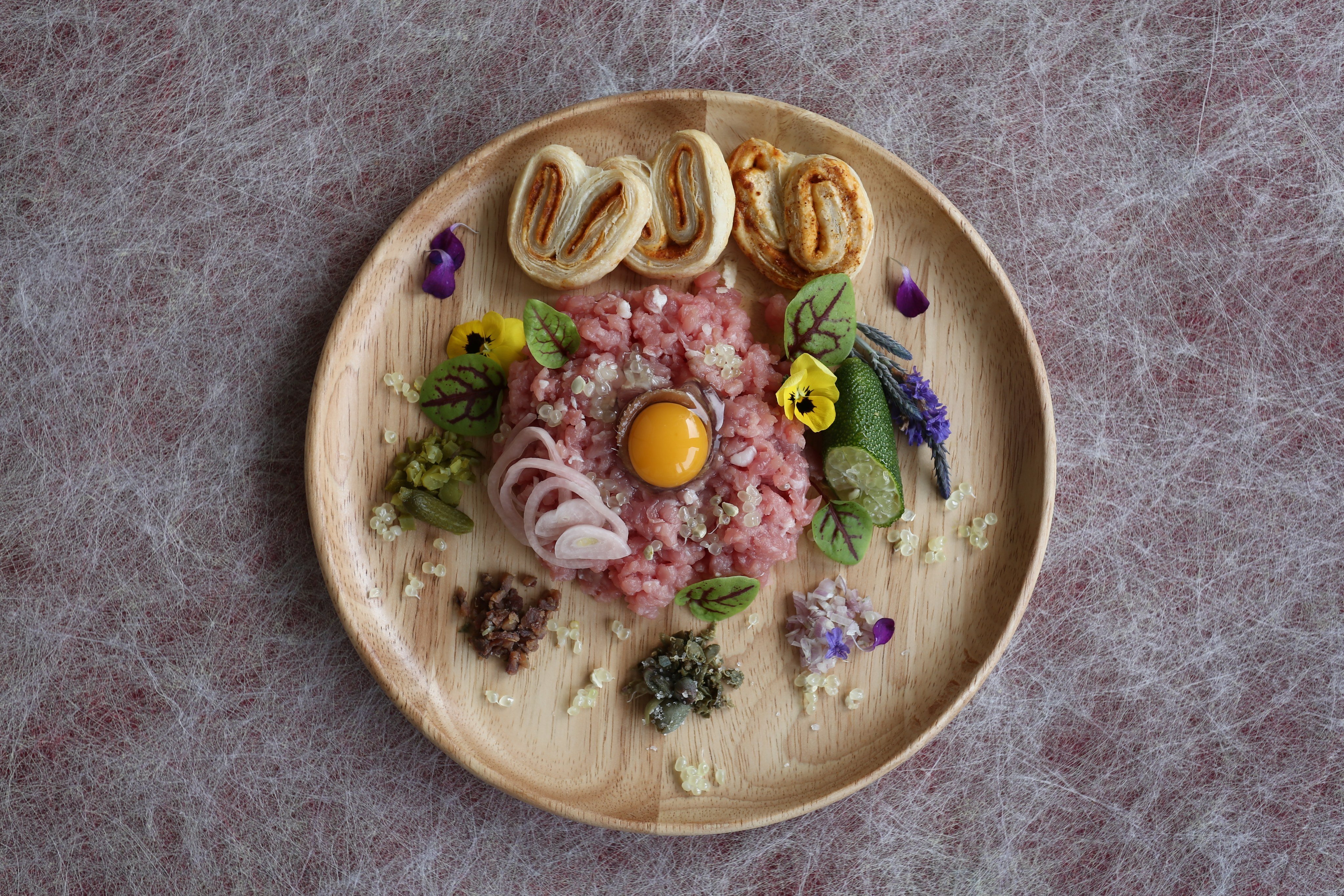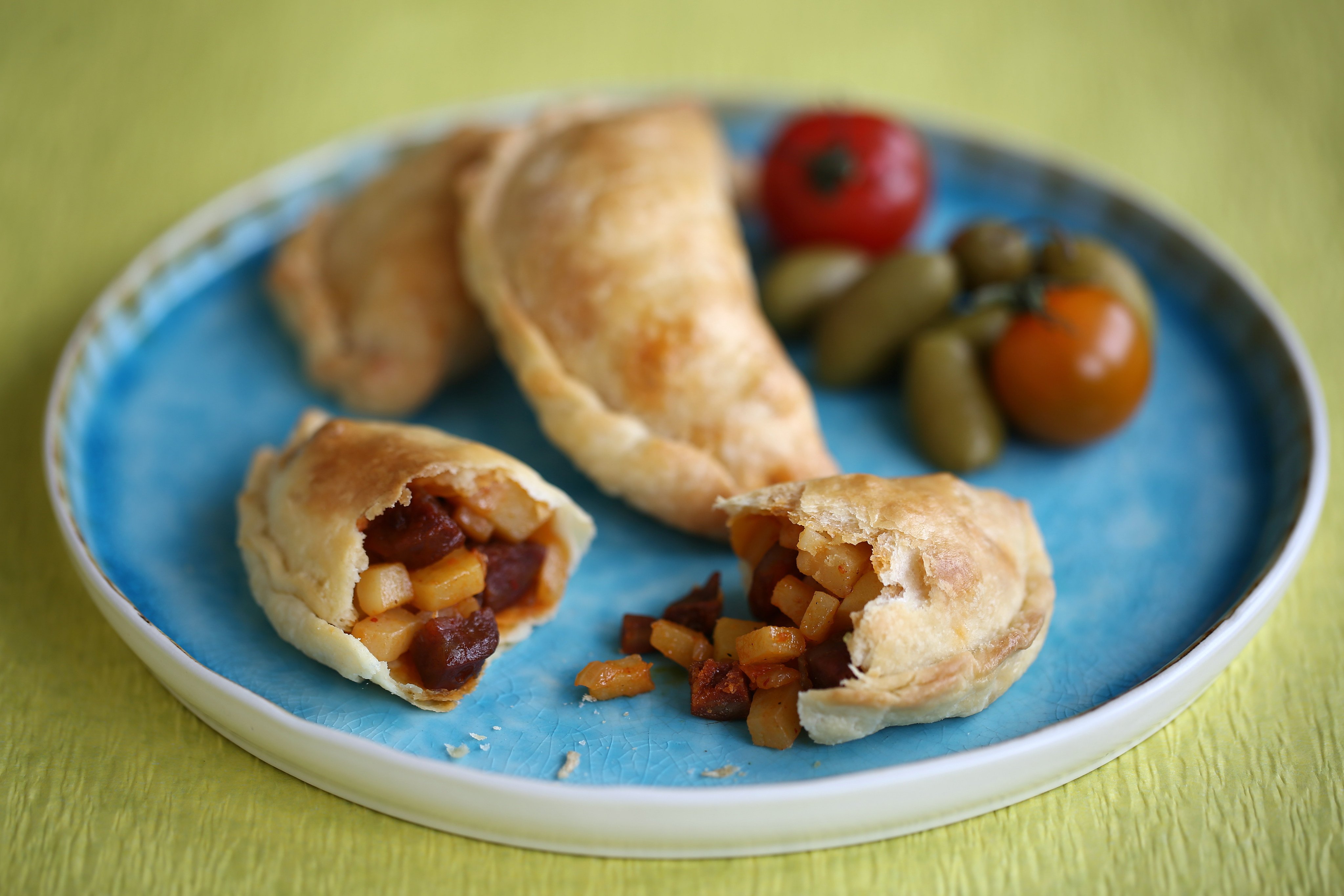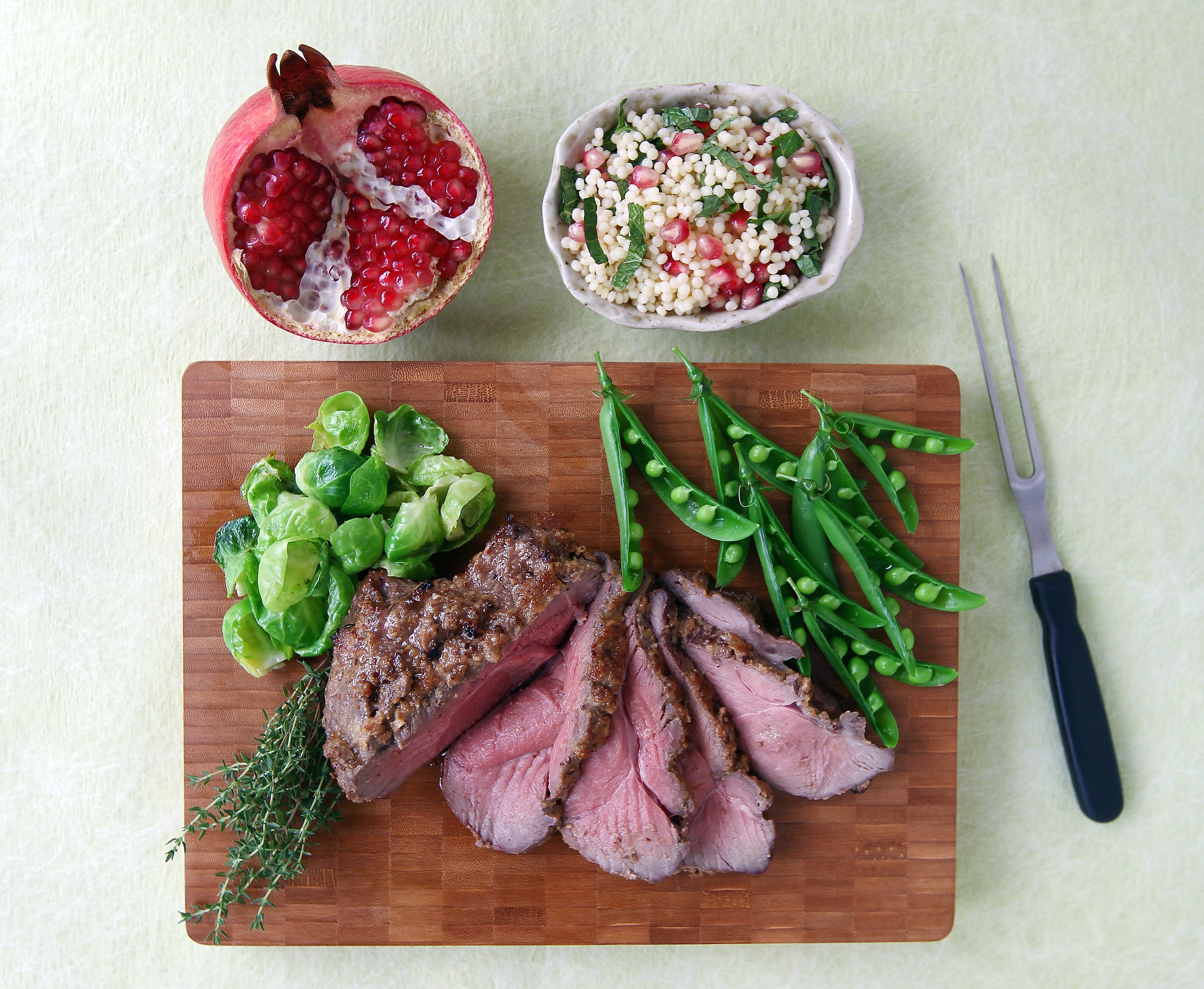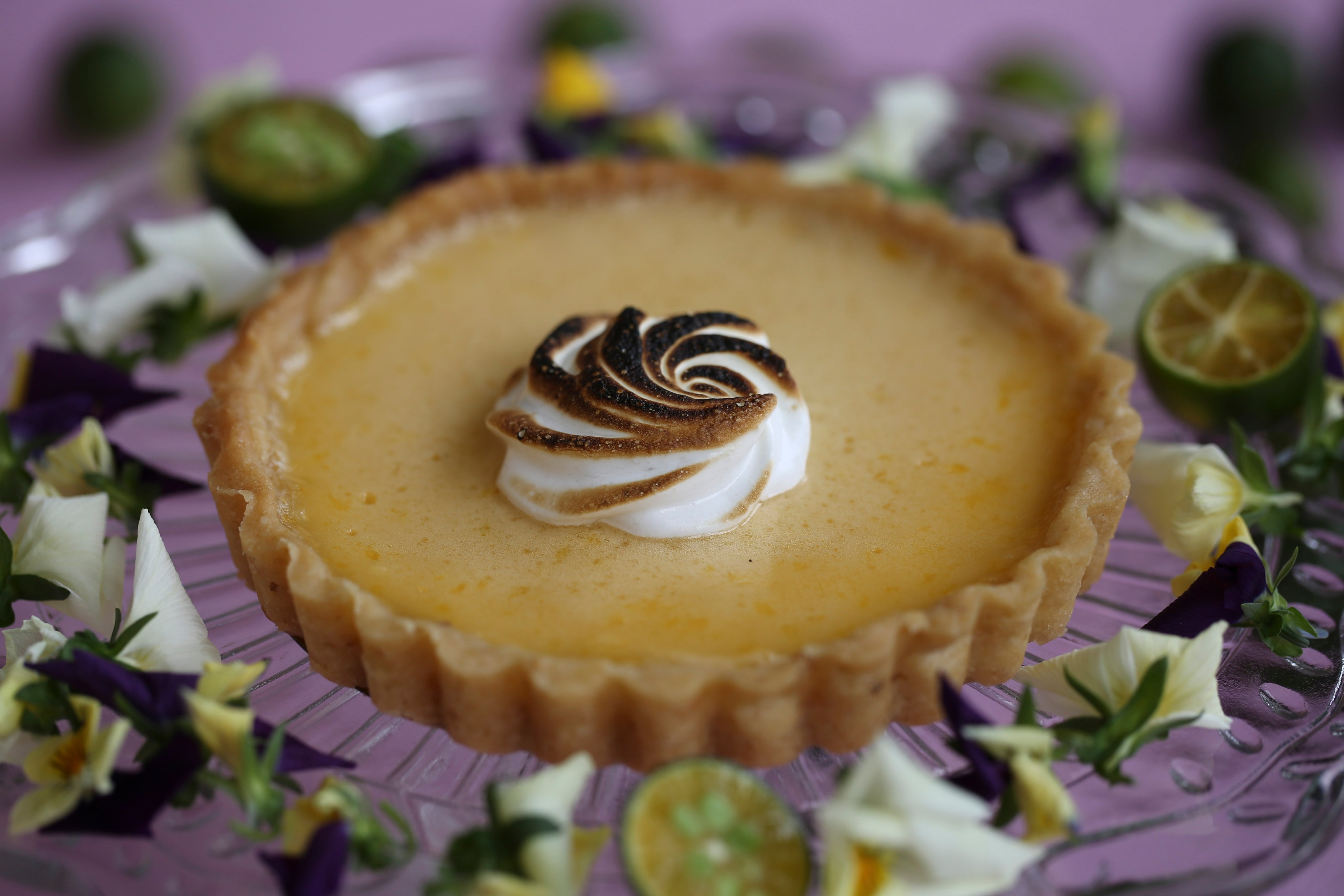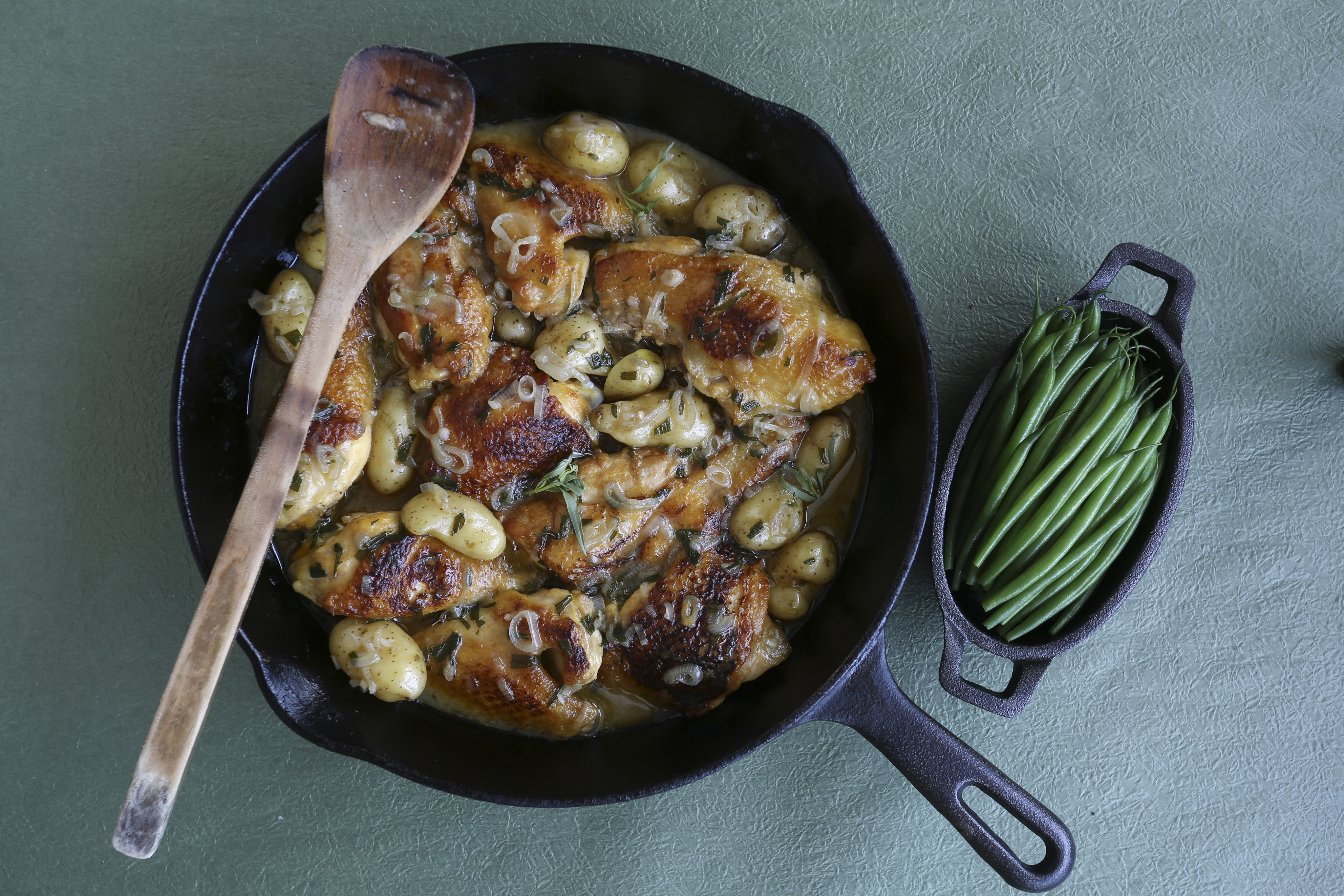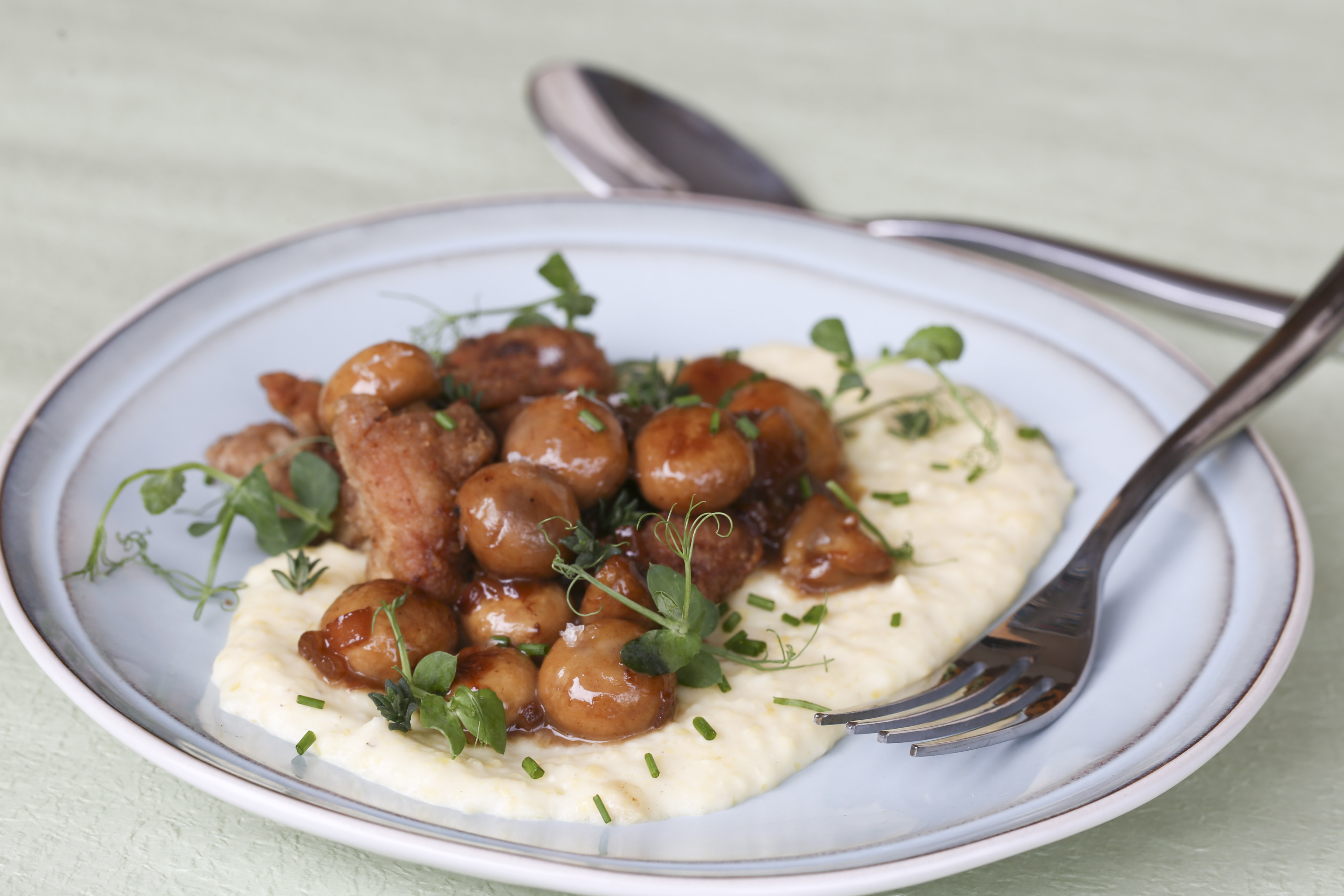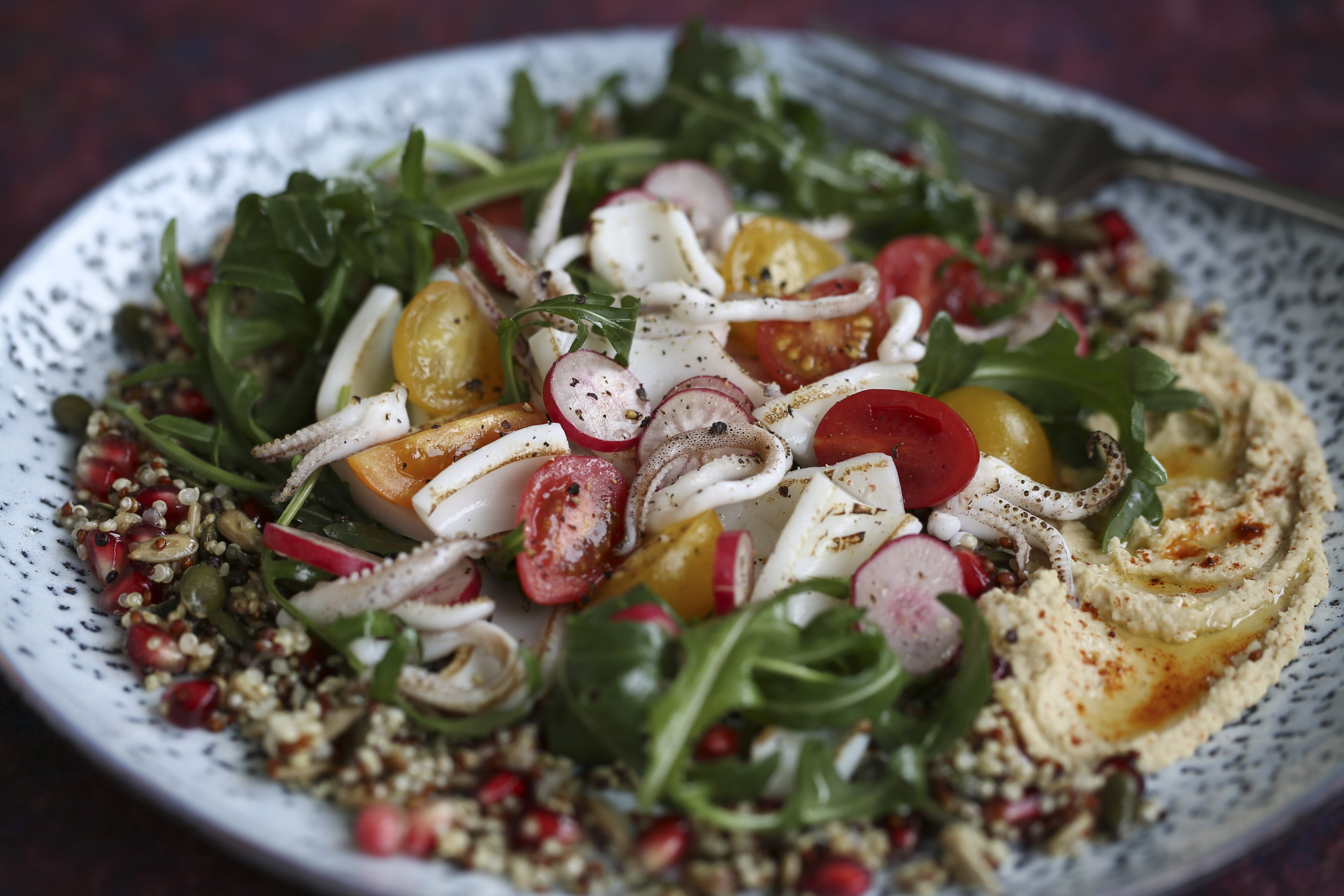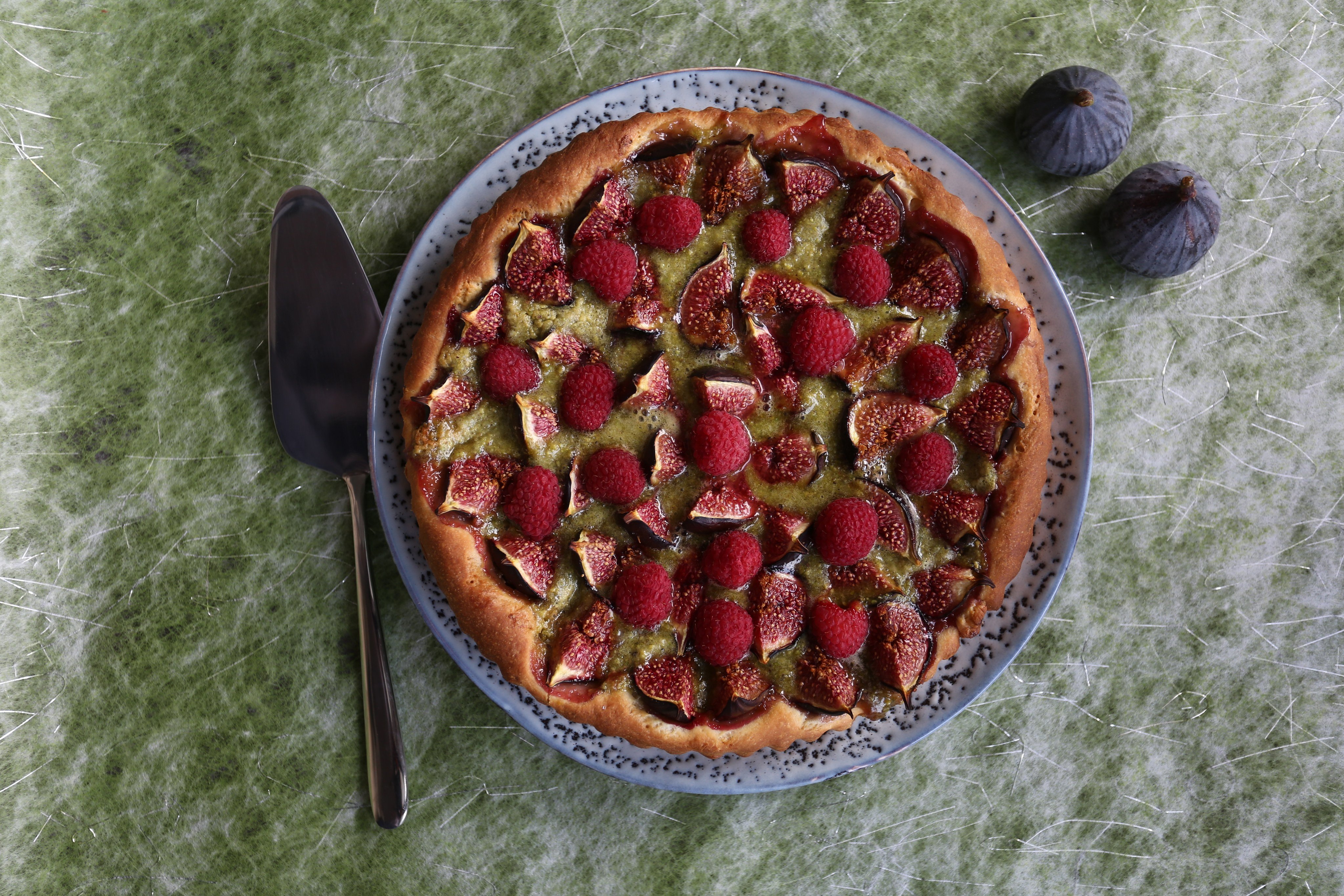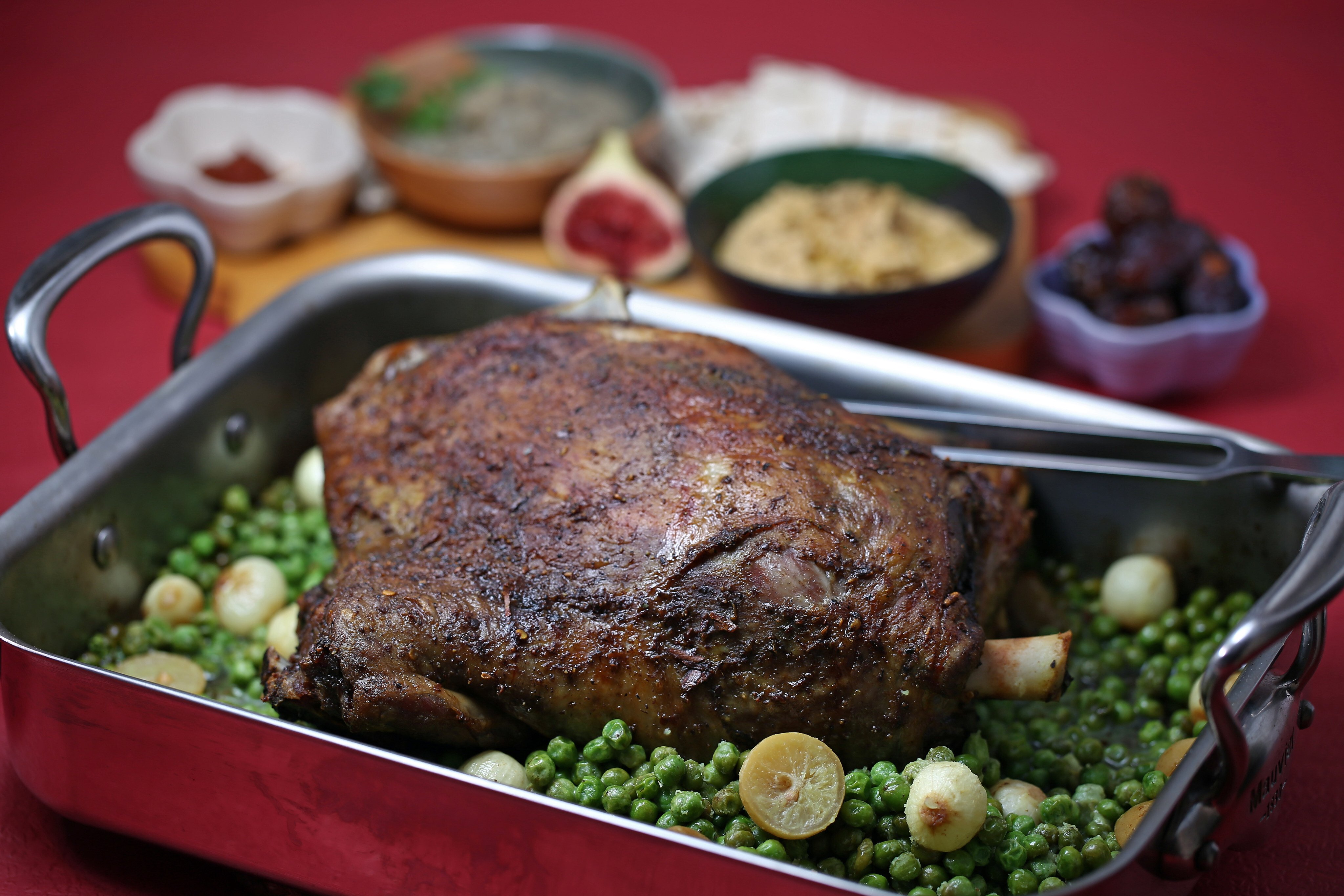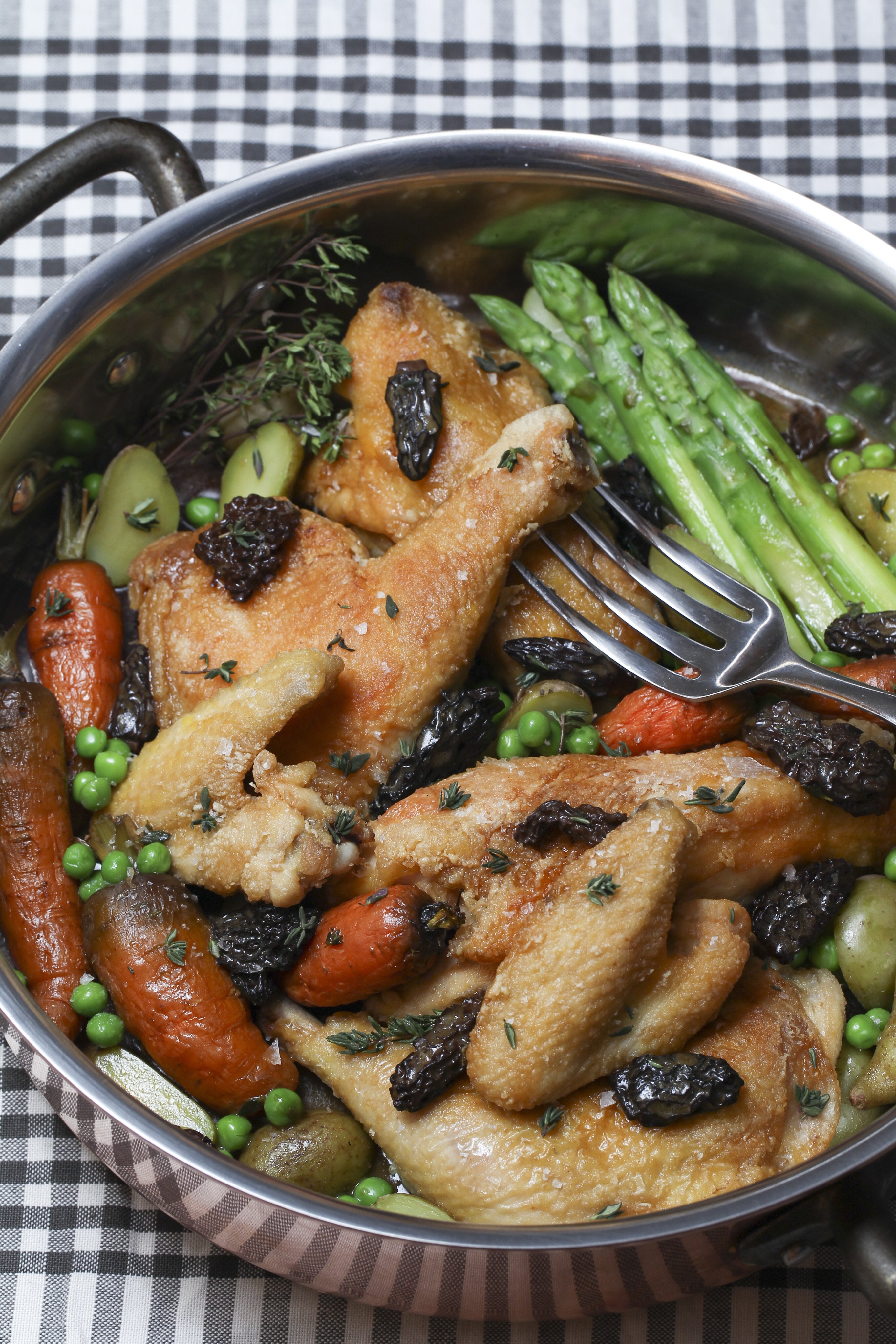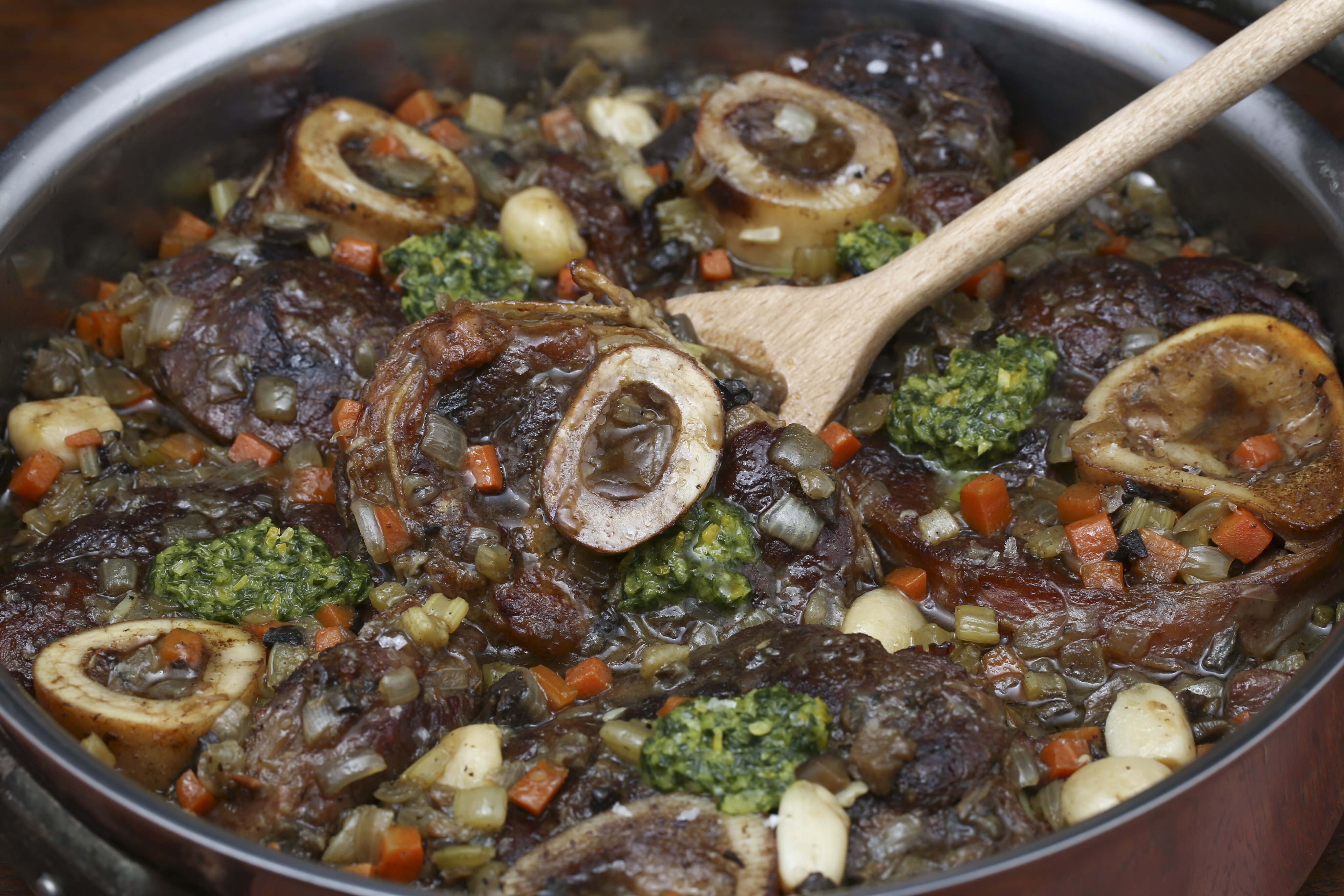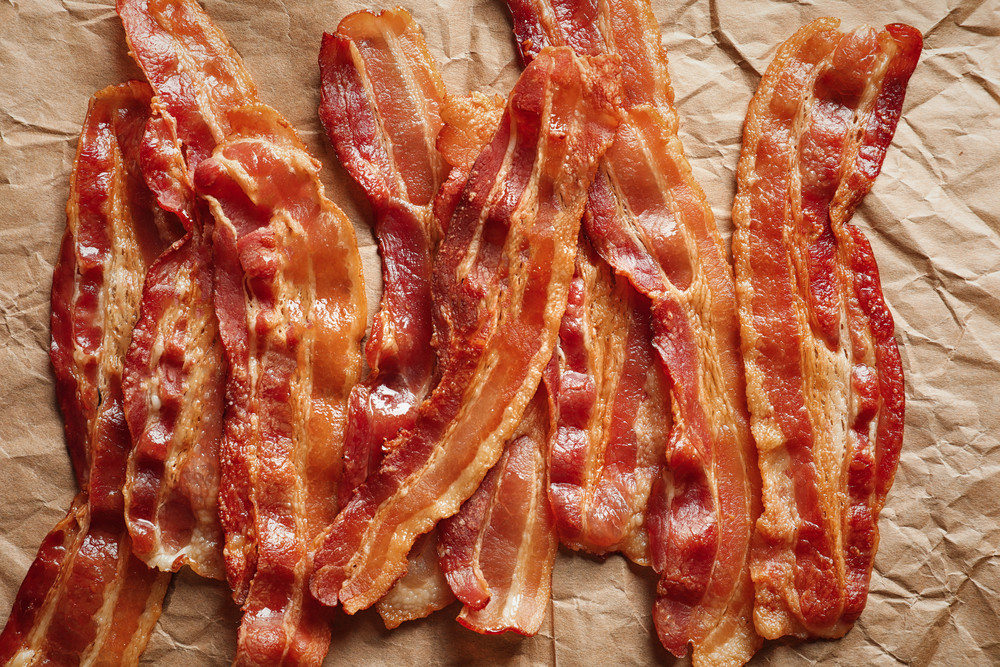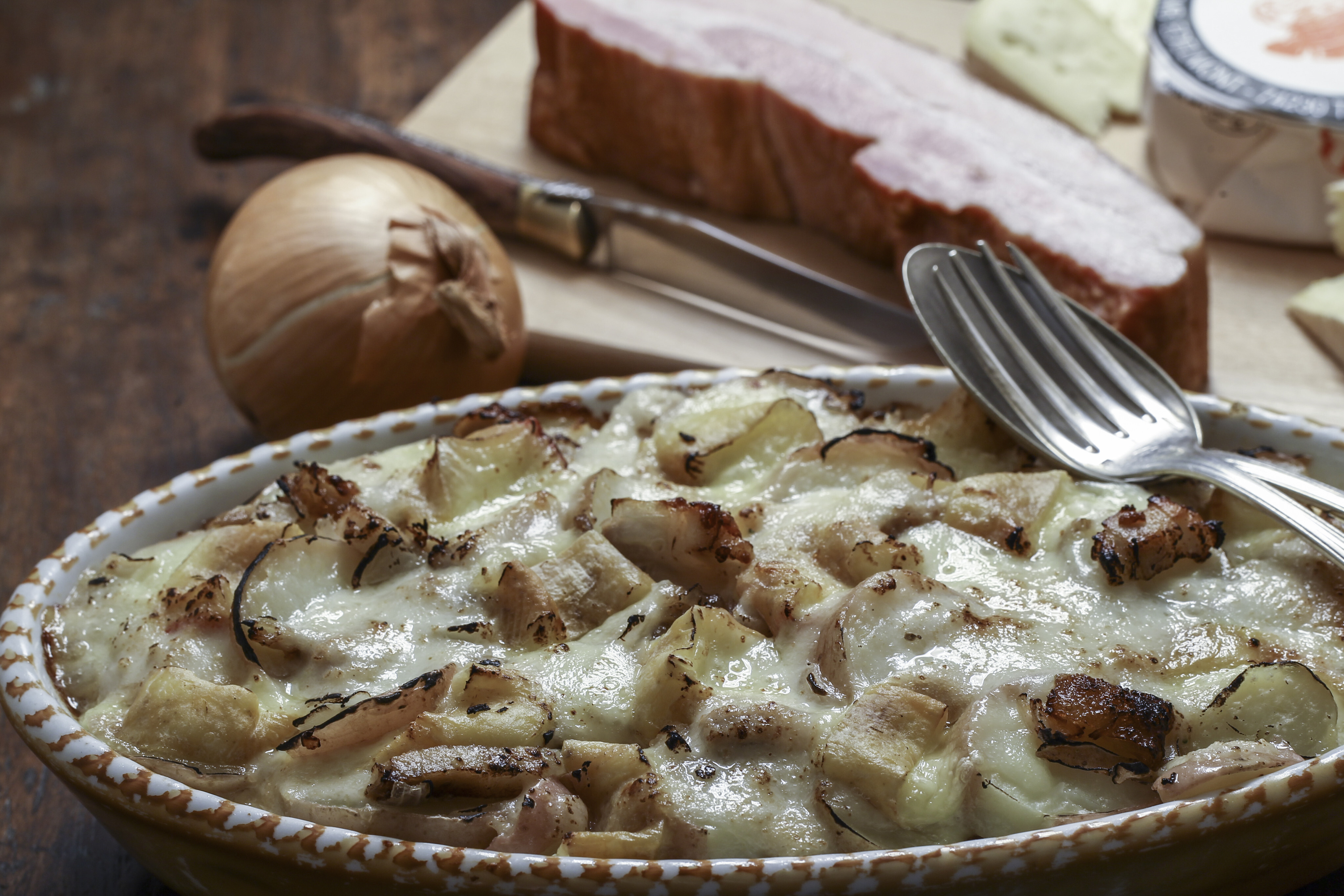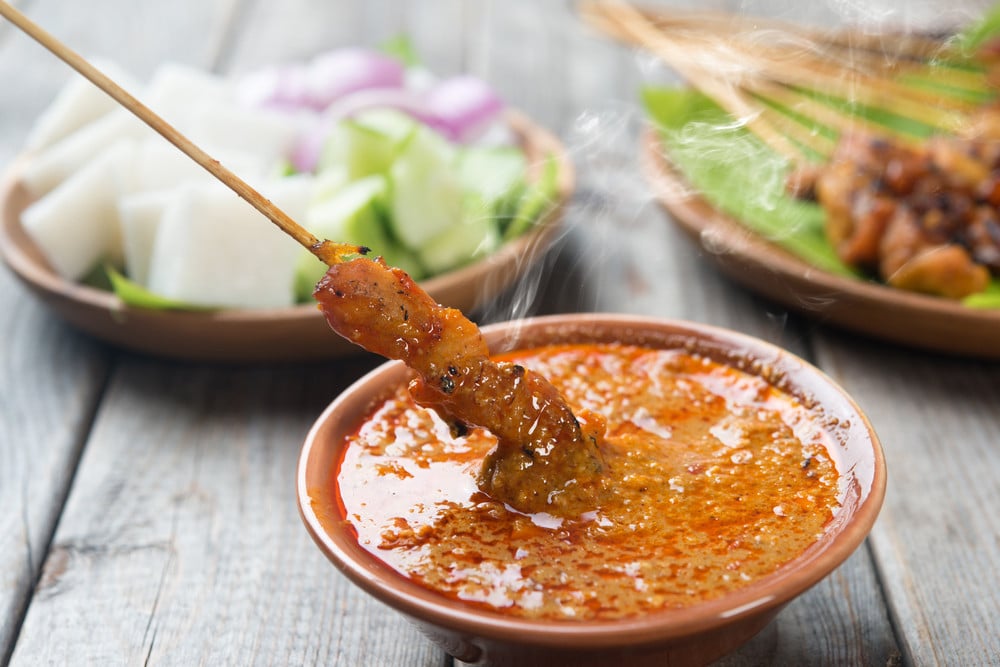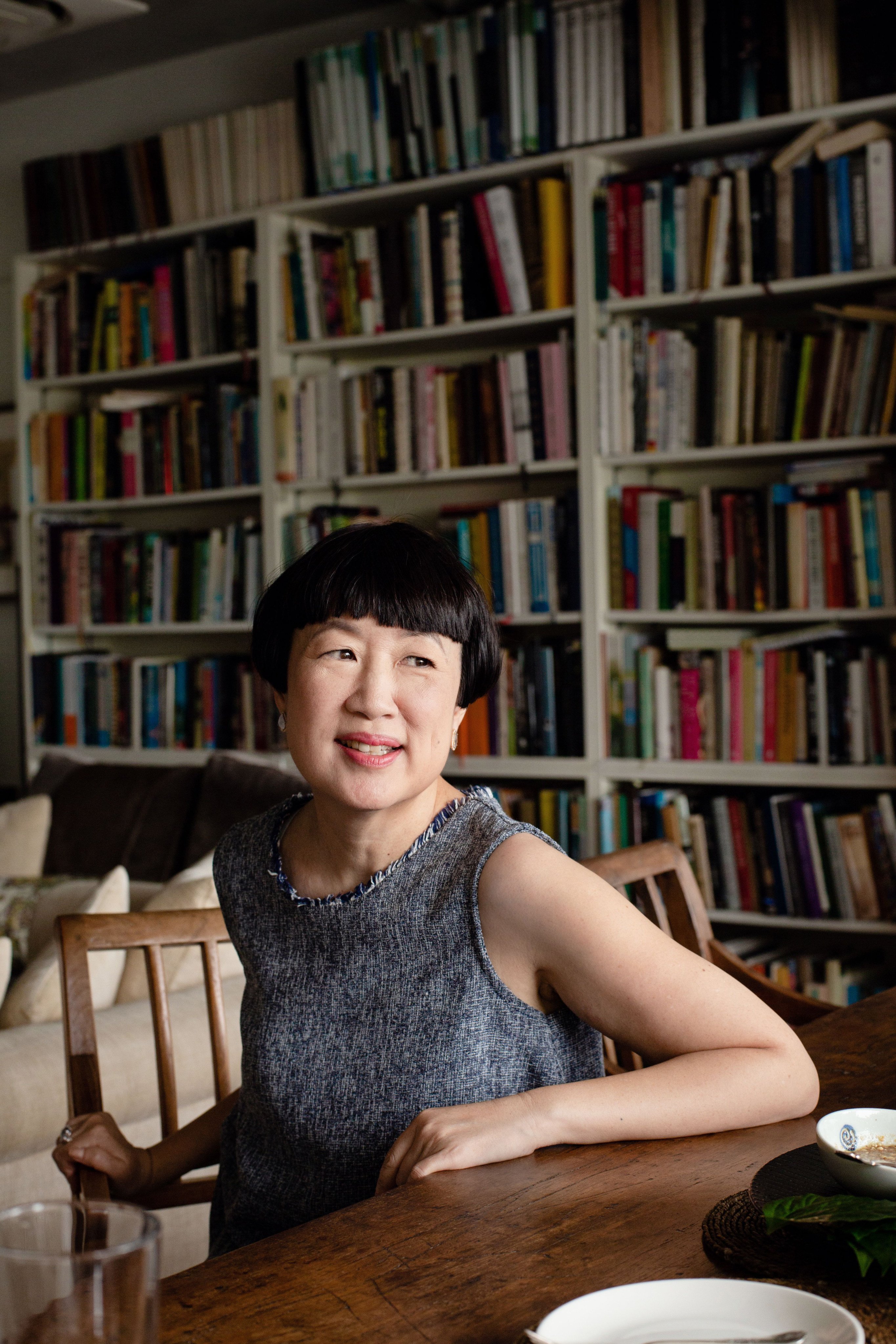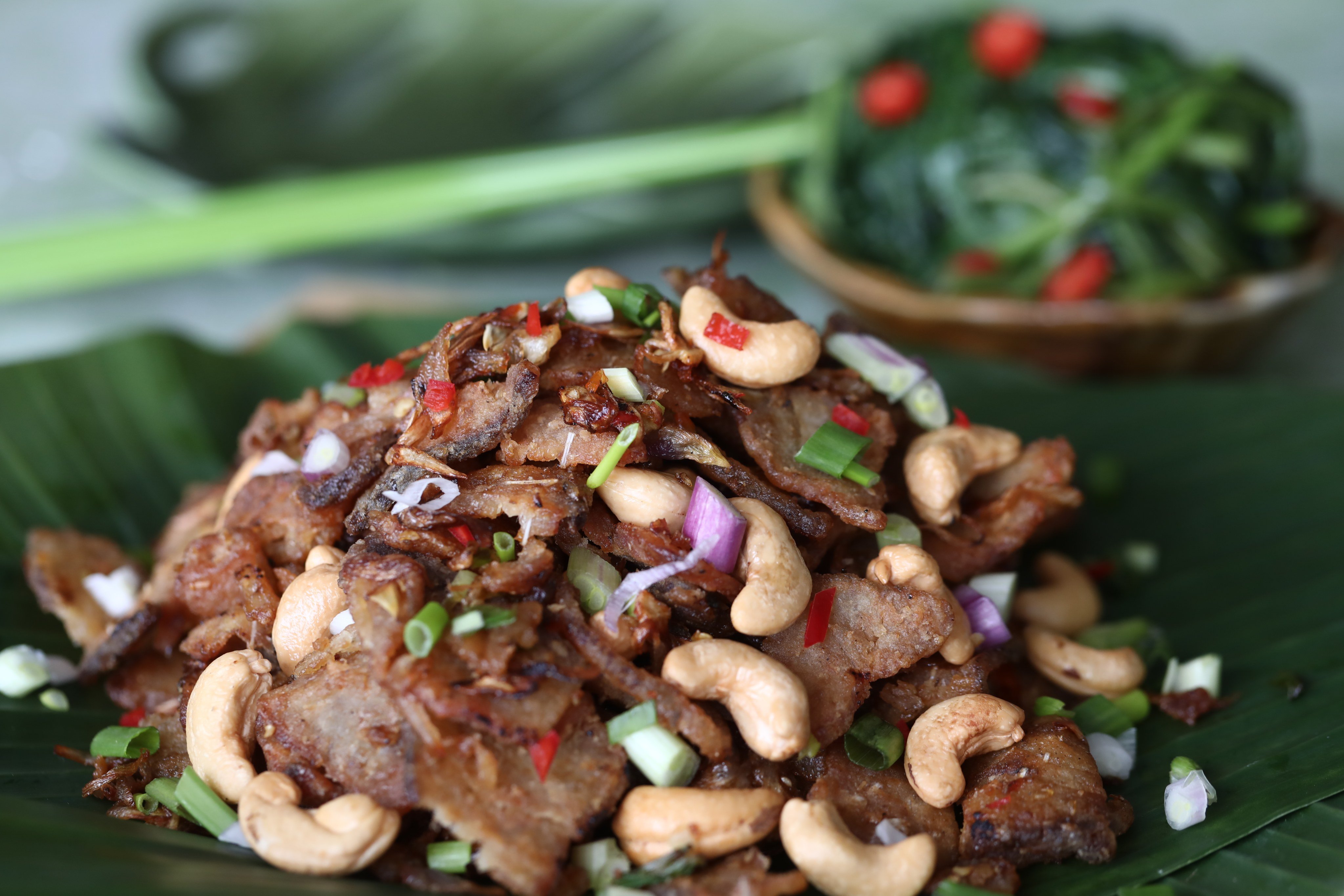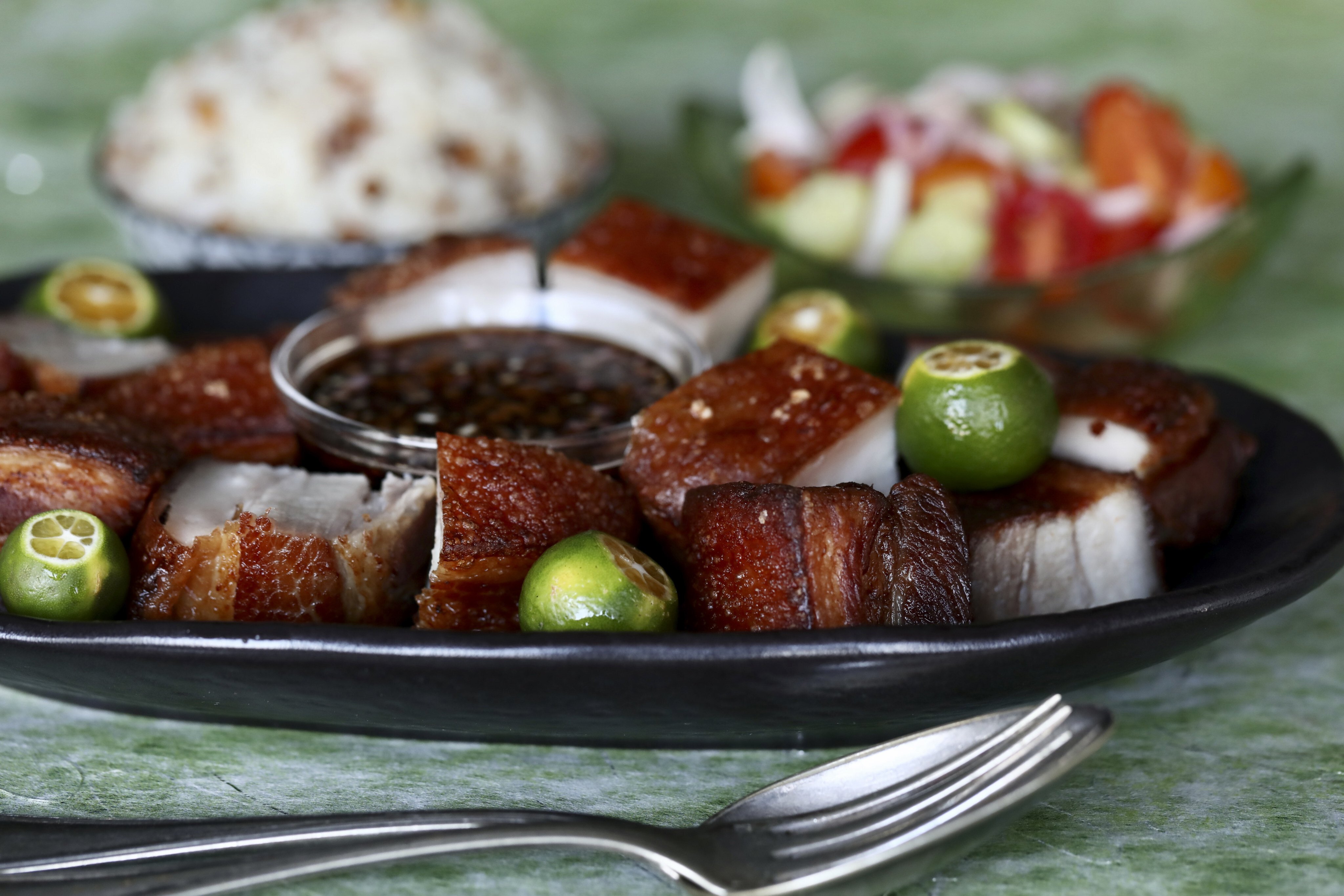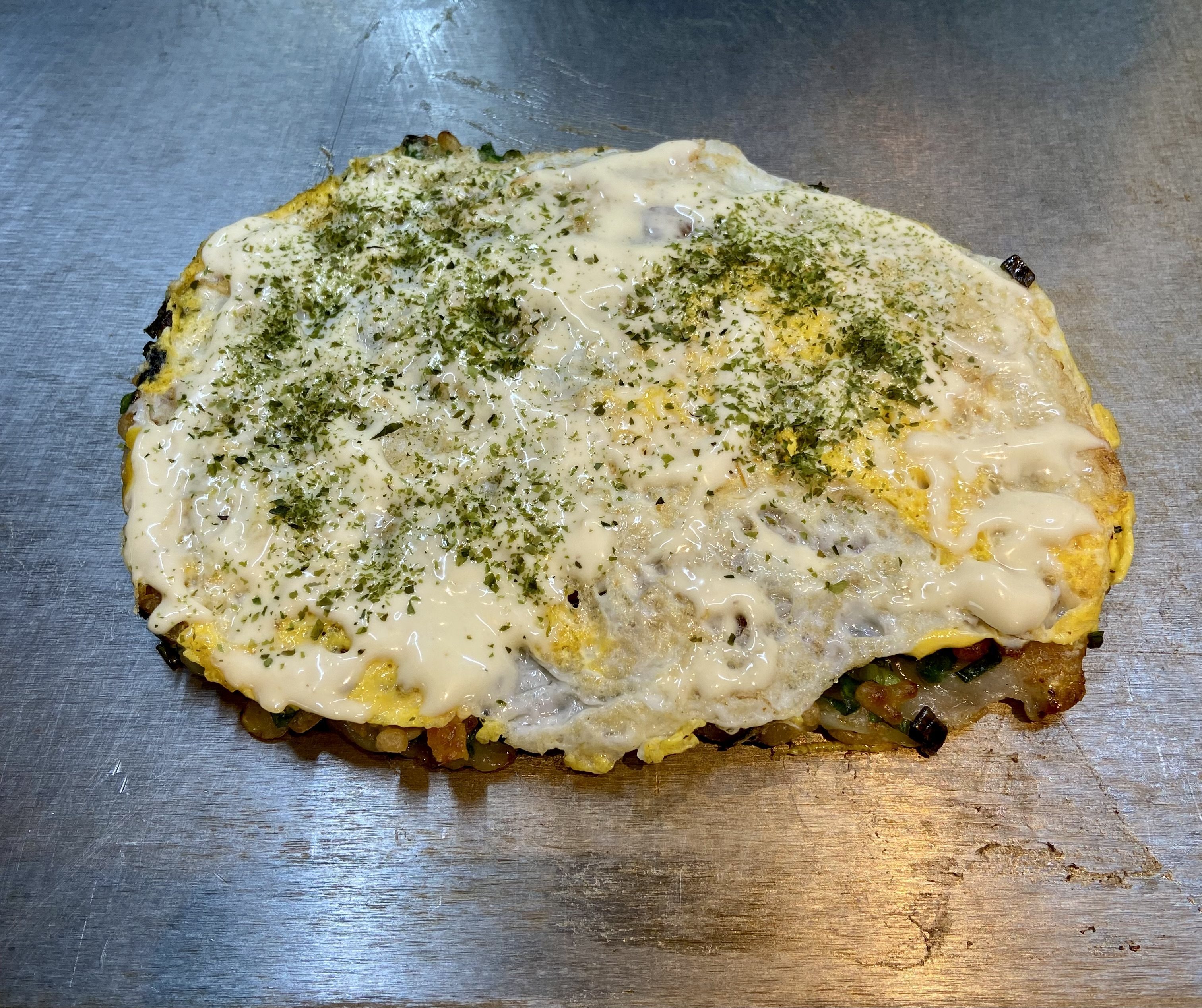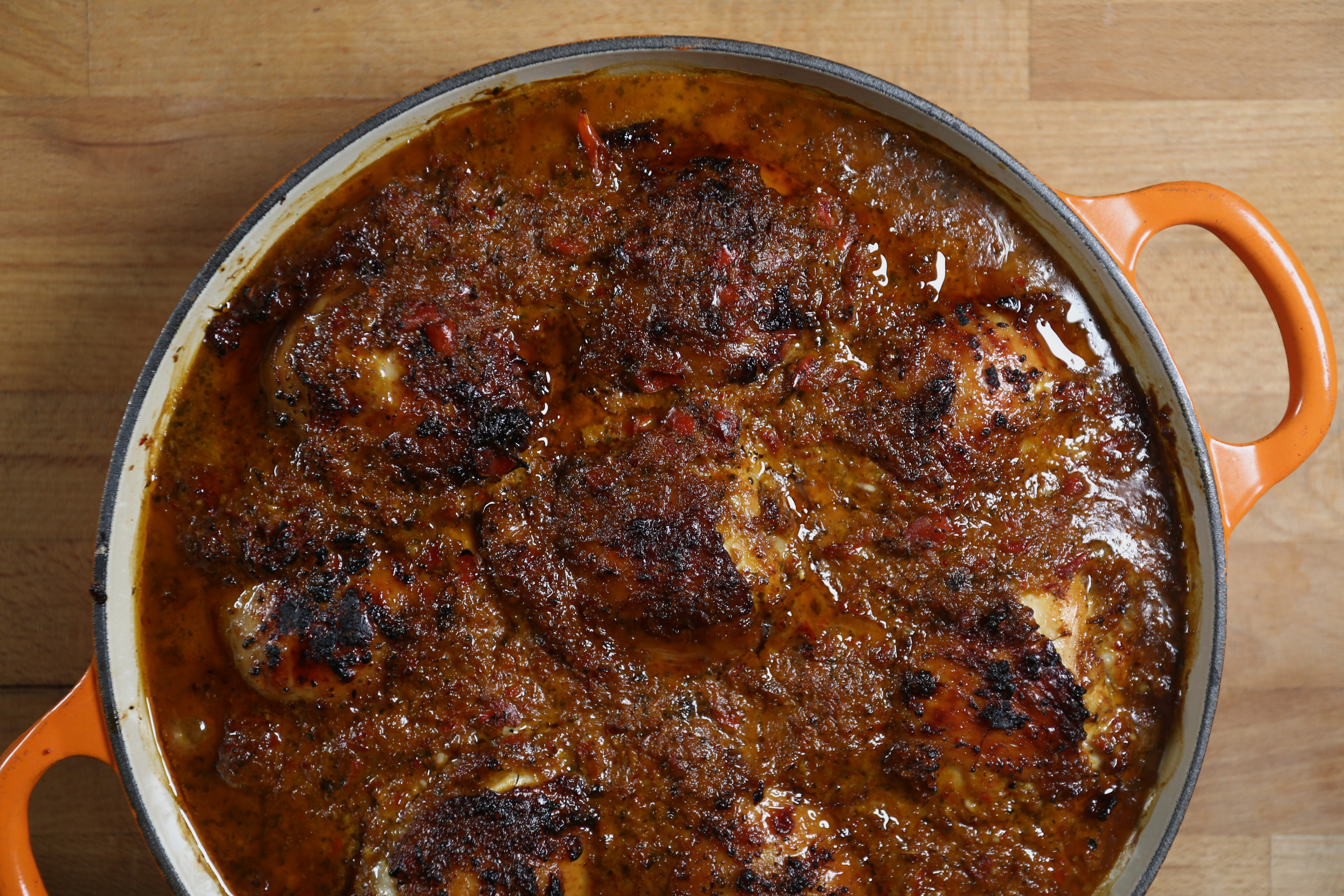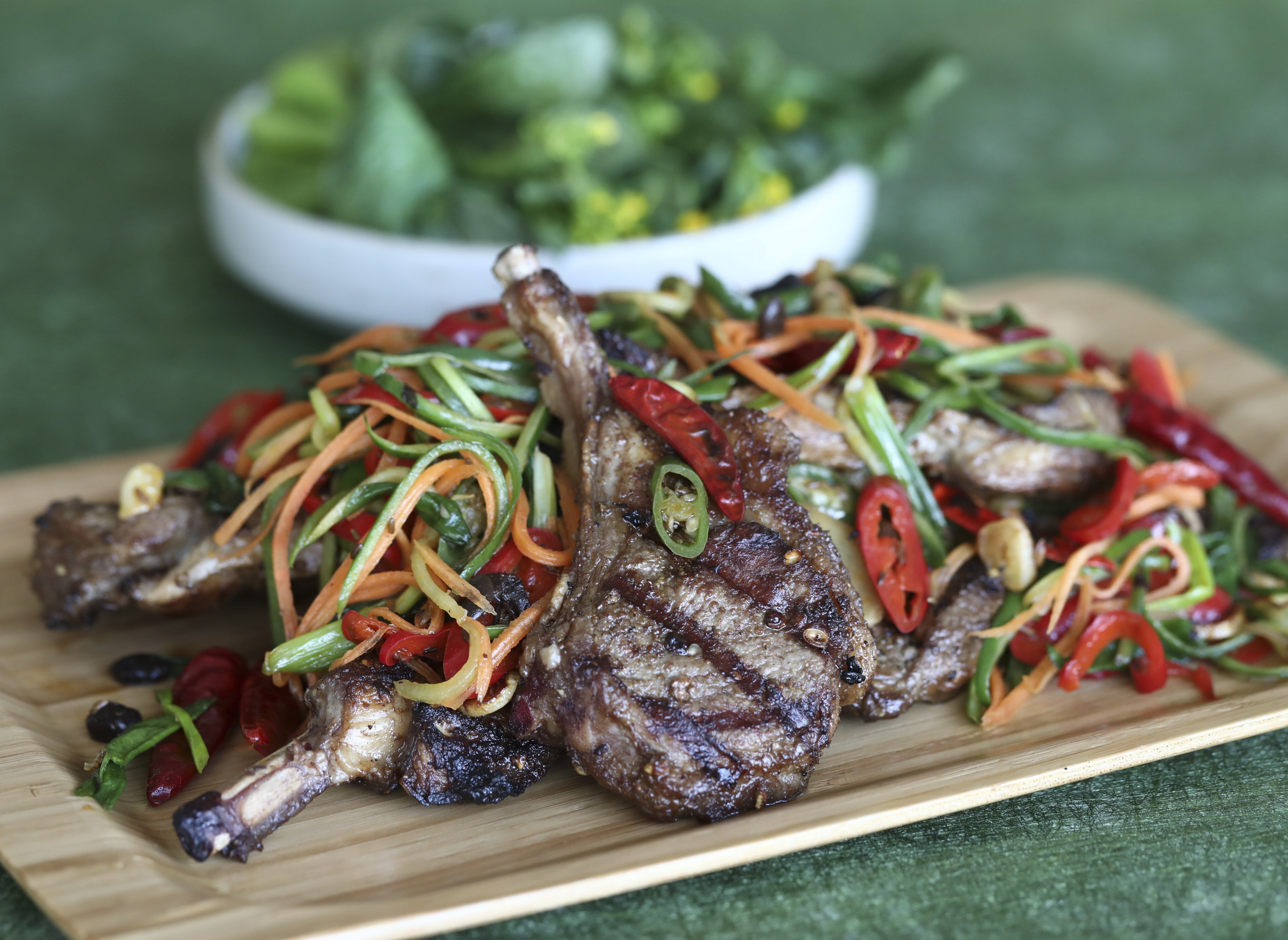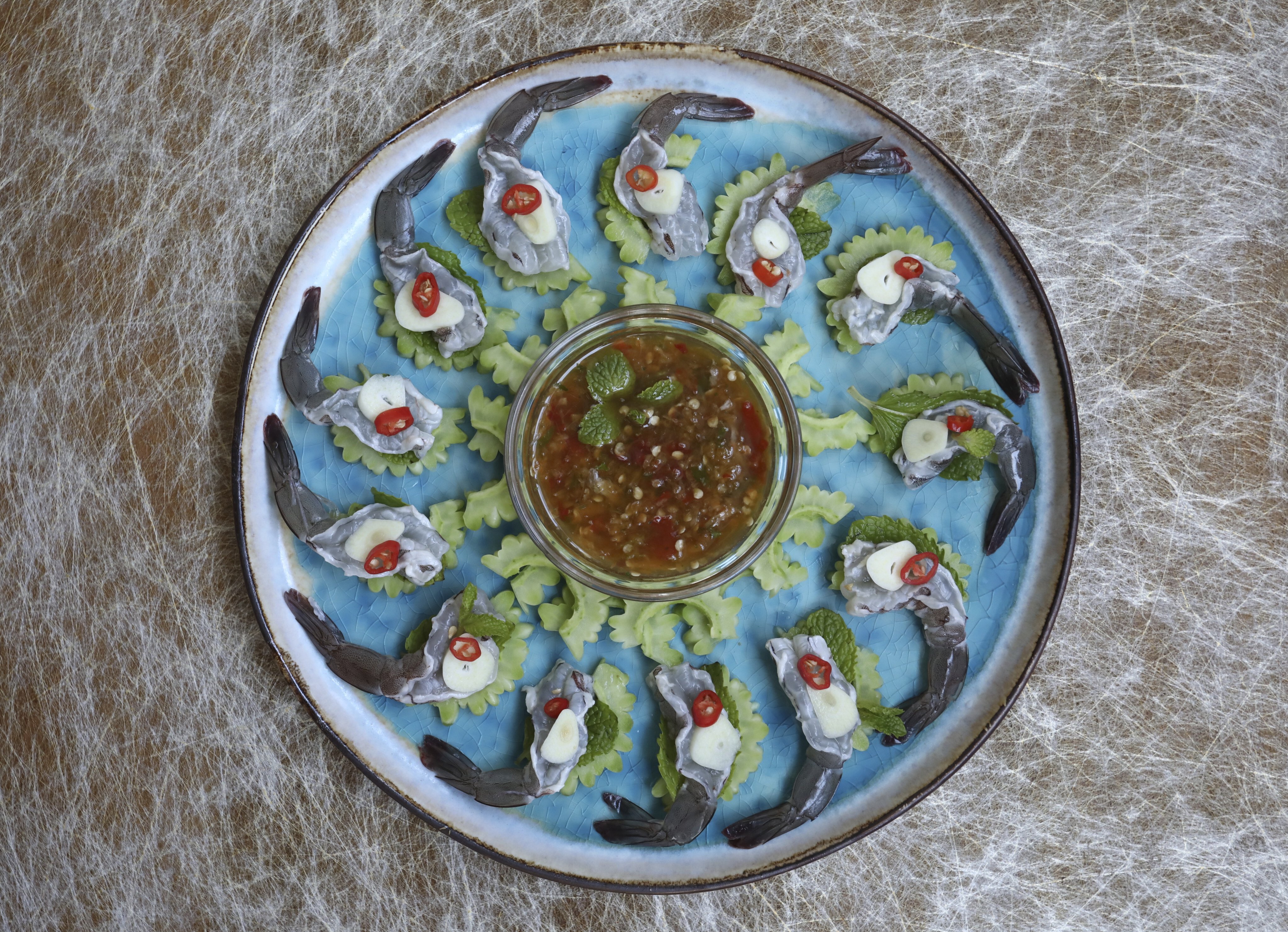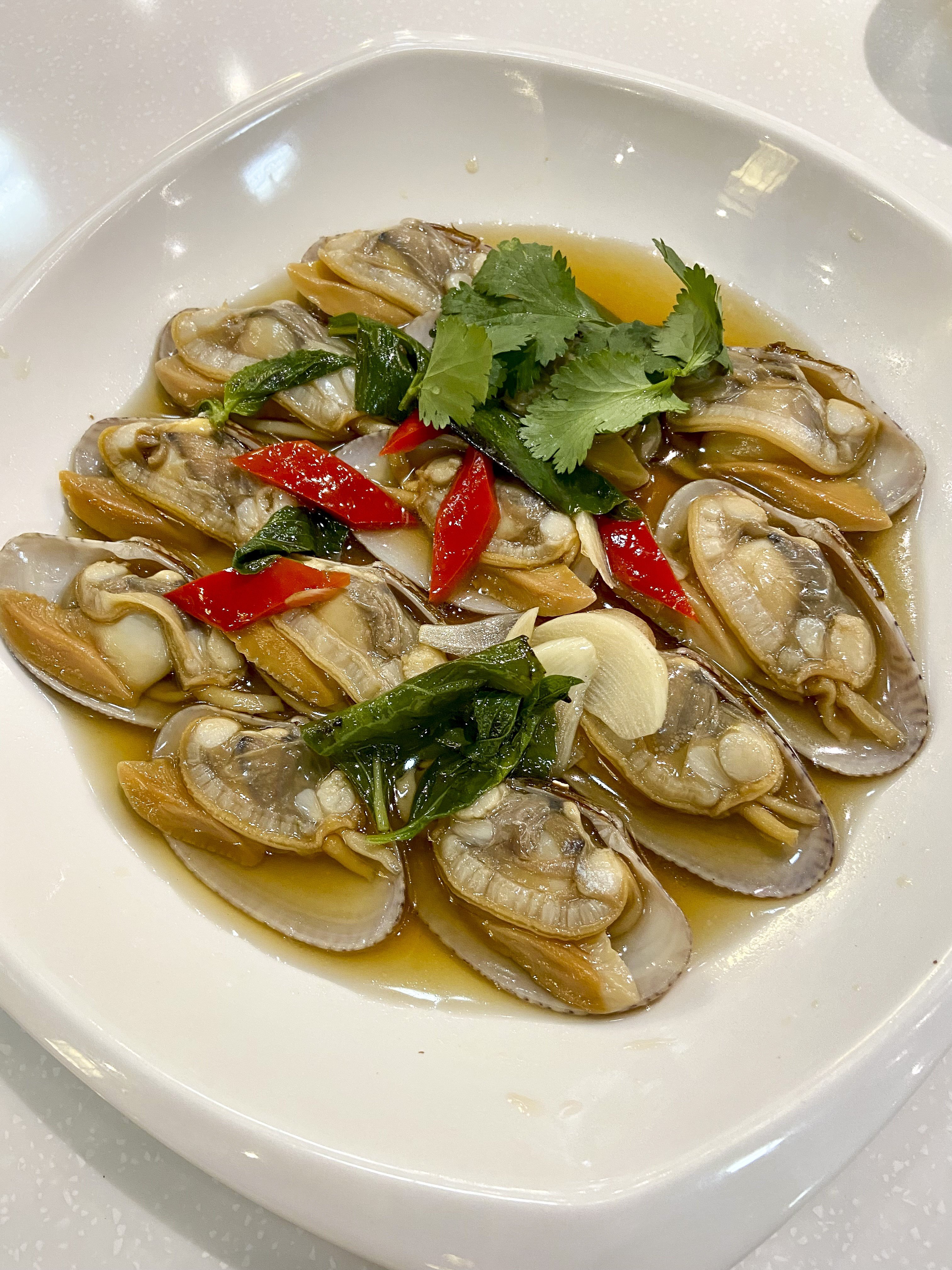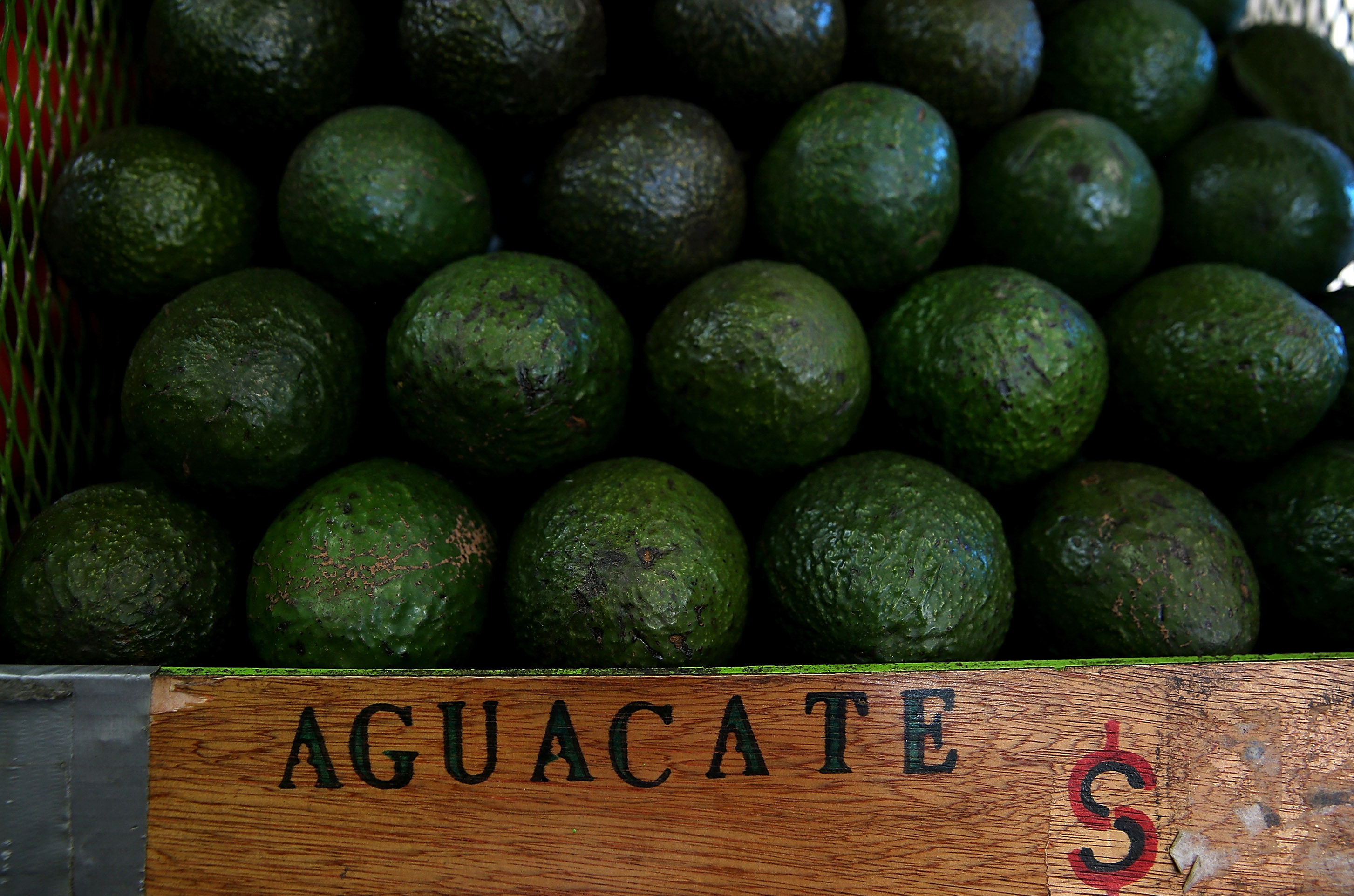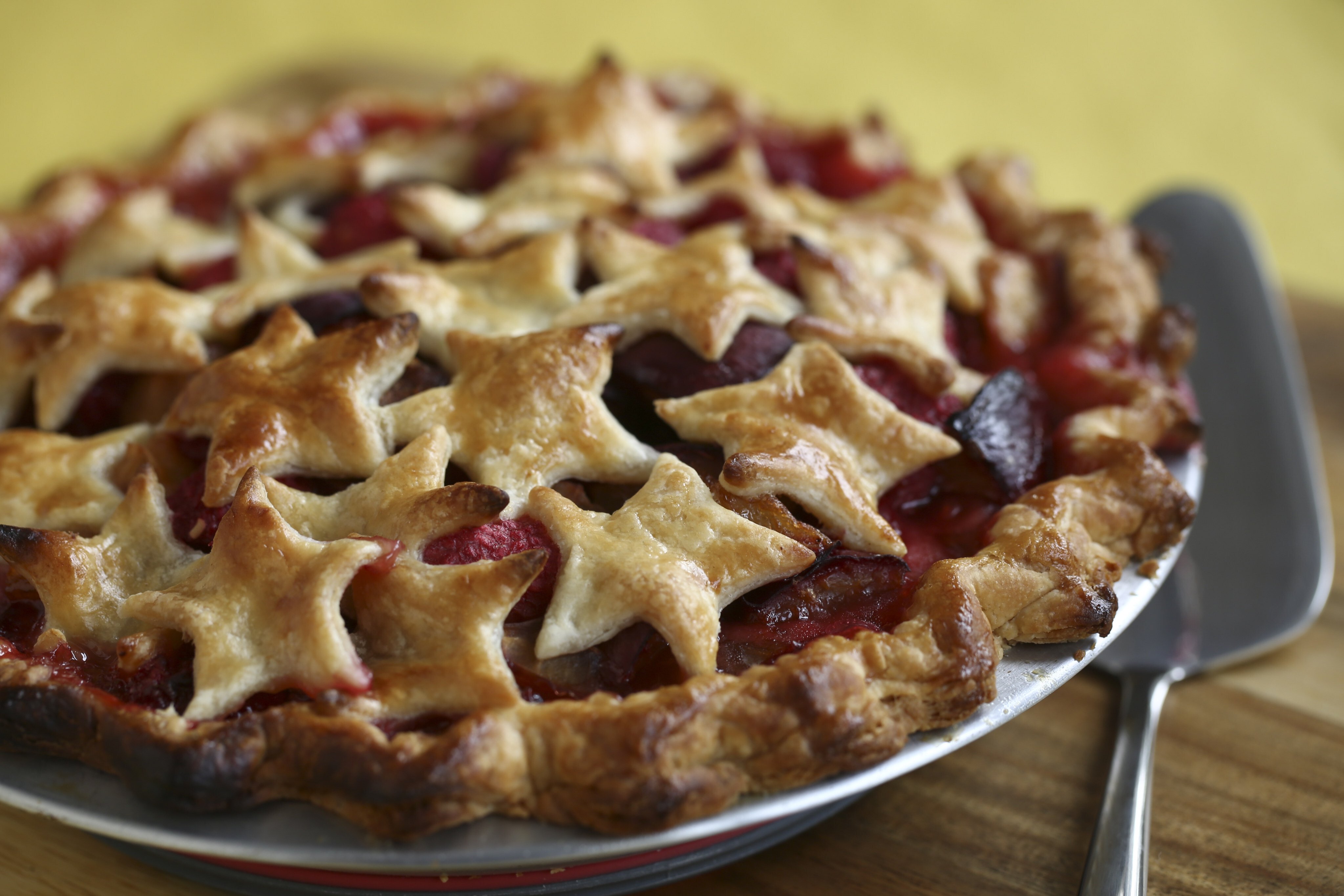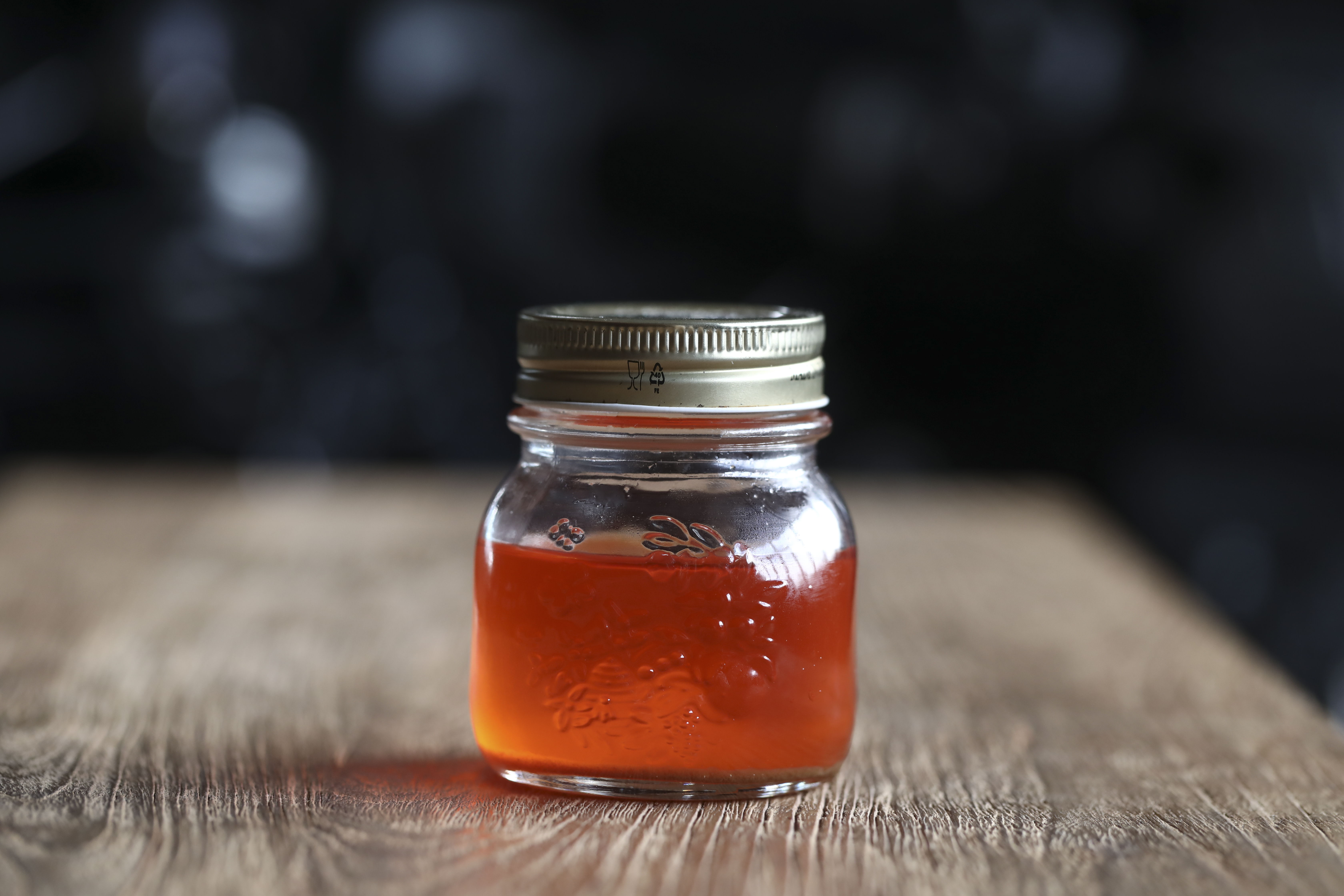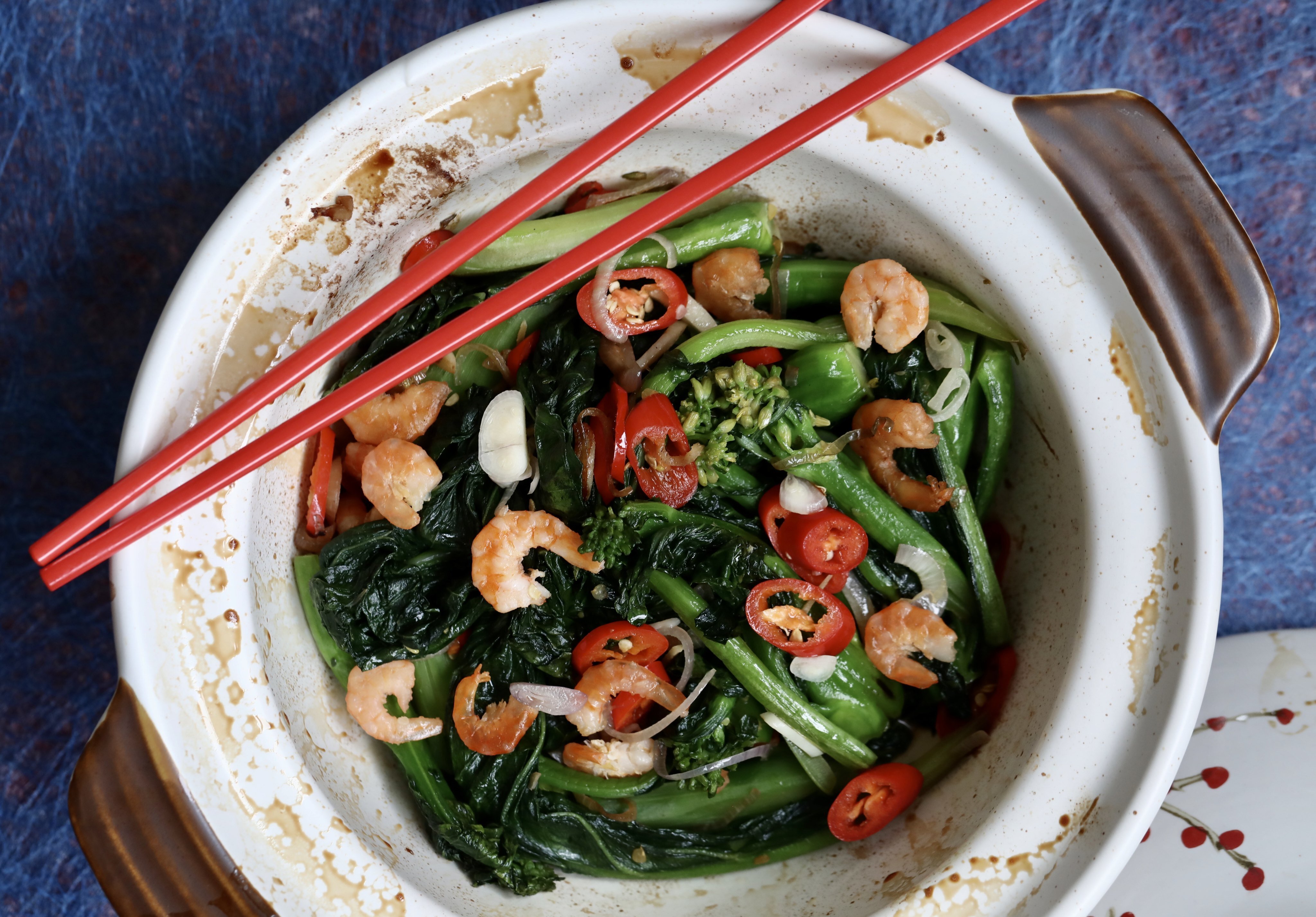
Chinese people follow a lot of traditions to boost their luck during Lunar New Year. Here’s how to give yours a bump during the Year of the Dragon, from money and colours to clothing and food.
This dinner party appetiser uses veal instead of beef, making for a lighter flavour and texture. The pickled shallots can be made the day before, and the veal needs to be chilled before chopping.
This pie dough isn’t usually used for empanadas but is delicious. Fill these pastry pockets with a spicy mixture of Spanish chorizo, potatoes and onion.
This is a summer meal that doesn’t take long to cook. Because the lamb is deboned and flattened, more of the meat is flavoured by the marinade.
Calamansi may be small but they punch above their weight when it comes to flavour. The intensity is balanced with crème fraîche.
Great with chicken and seafood, tarragon, a complex, versatile herb with a hint of aniseed, is the star of the show in these two recipes.
Tender, moist and rich, sweetbreads are well worth the time and effort to prepare them properly, but they’re probably not very good for you if you suffer from high cholesterol.
This healthy, summery salad combines quinoa with stir-fried squid, arugula, crunchy radish and creamy home-made hummus.
This rich, sweet tart is light and silky smooth with a brioche crust, fresh figs and raspberries, and a colourful pistachio filling.
This lamb shoulder is salted and rubbed with the famous North African spice mix for two days, then slow-cooked until tender and moist.
This chicken dish uses almost the whole bird, and you can make it with whatever spring vegetables and wild mushrooms you like. There is also a bonus dessert recipe, for lemon posset.
A meaty Italian classic, veal shanks are slow-cooked with porcini mushrooms and served with a tart gremolata to offset the umami flavours.
Making home-cured bacon is a skill worth mastering. We give you the basics – the seasonings and type of sugar you use is up to you. The process takes about a week.
What doesn’t taste better with bacon? The first of these recipes combines it with new potatoes, wine and lashings of unctuous cheese, the second puts bacon with oysters and onions. Both are easy.
When Hong Kong-born Dominica Yang found her mother’s handwritten recipes, she wrote a cookbook based on them, Mum’s Kitchen – Back to Basics, dedicated to her mum and her late sister.
As she bids farewell to the South China Morning Post, Susan Jung looks back at how Hong Kong’s restaurant scene has transformed over her quarter-of-a-century tenure.
Take some firm, mild-tasting fish, slice, coat with Goji powder and slow-fry. Fry sliced shallots and cashews. Mix tamarind paste and fish sauce, add water. Fry, add chillies and shallots, coat fish and serve.
French pastry chef Pierre Hermé’s book La Pâtisserie de Pierre Hermé is not aimed at home cooks – but some of the recipes are not difficult, and he is so good at the basics.
This pork belly recipe from the Philippines should be started the day before; the belly is simmered, dried for eight hours in the fridge, then deep-fried twice.
Recommended on Instagram, this Japanese restaurant specialises in pancakes and grilled dishes, and does both excellently. The spring onion okonomiyaki was our favourite.
Food ties together the Macanese diaspora, but with few historical records of dishes, everyone makes the popular ones their own way – a challenge for Macanese cookery book compiler Cecília Jorge.
Cooked with a variety of chillies and Sichuan peppercorns, as well as cumin and black beans, these lamb chops have distinctive flavours.
Angela Dimayuga realised her culture’s food could be as sophisticated as European cuisines after she turned to her grandma for lessons. She includes some of her lola’s recipes in a cookbook.
Slice pork belly, onions, ginger and garlic. Mix sugar and liquids. Sear pork, add other ingredients, mix and simmer briefly. Serve in bowls over hot cooked rice, add eggs and toppings.
Thailand’s classic hot, sweet and sour flavours are enhanced by bitter melon in a cold yet fiery raw prawn dish. Fry the prawn heads separately following our second recipe.
Best Chiu Chow restaurant in Wan Chai serves excellent double-boiled soups, but avoid the steamed sticky rice cake with dried turnip.
Mexico is the source of many ingredients cooks have long taken for granted, but it took the popularisation of things such as cactus and squash blossom for the world to see Mexican cuisine as distinct and truly great.
This fruit pie calls for dark plums that aren’t too juicy, and if you have one, a pizza stone to brown the bottom. Adjust the sweetness to your own preference.
Shrimp/prawn oil is super easy to make. Use it in seafood pasta dishes or as a condiment drizzled on top of soup.
This sizzling dish is made with shrimp paste and Chinese lettuce, although the sturdy Chinese broccoli or kale is more forgiving.


